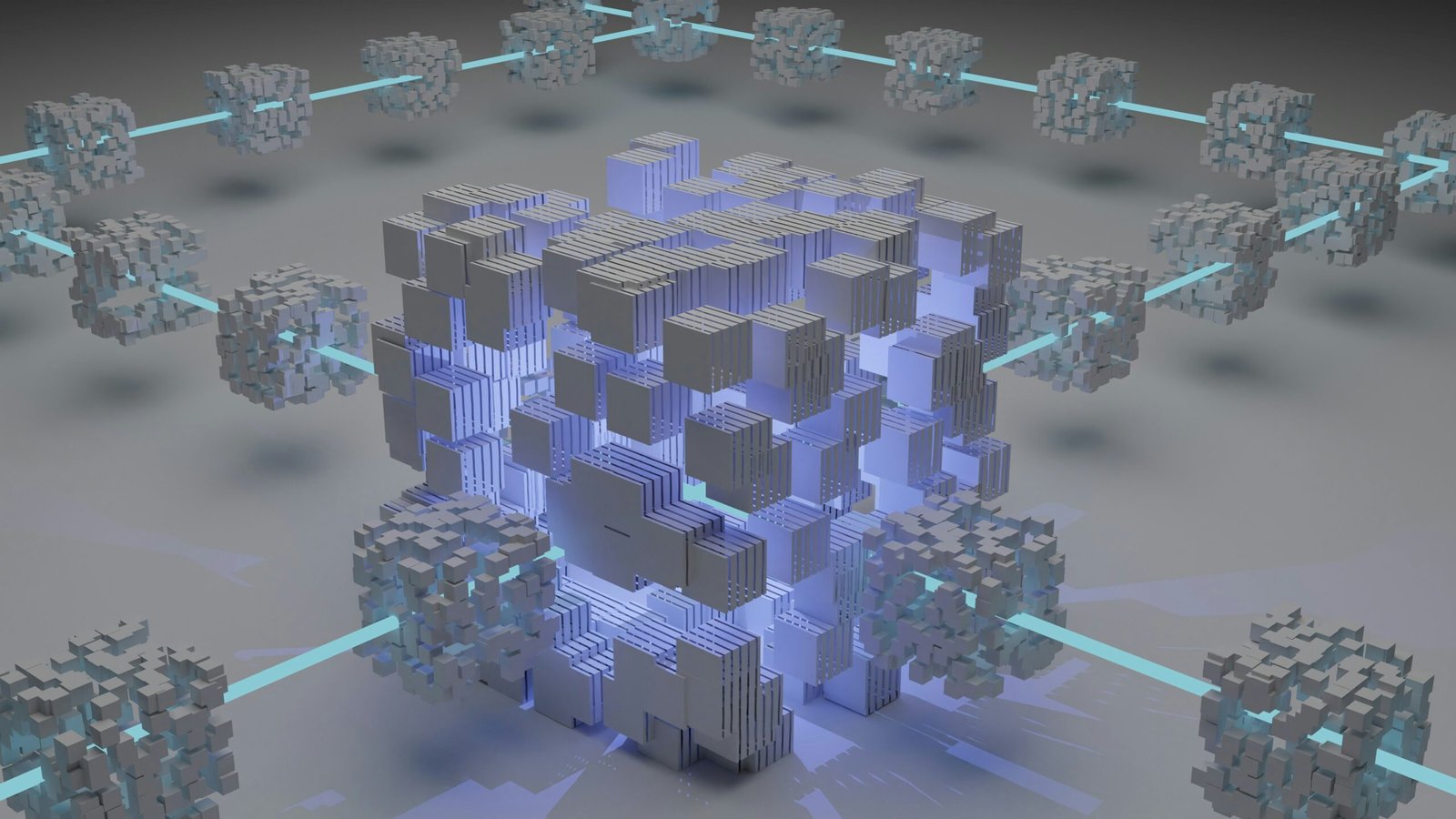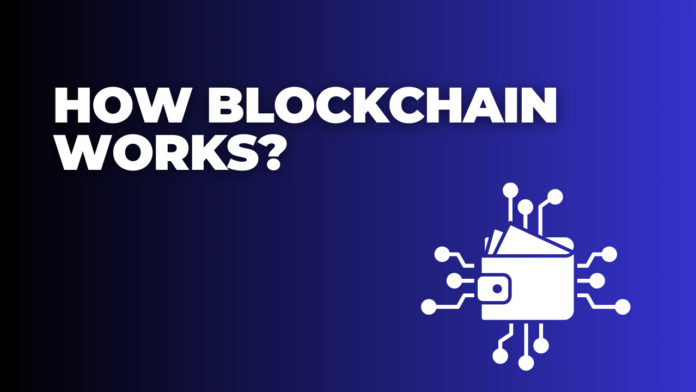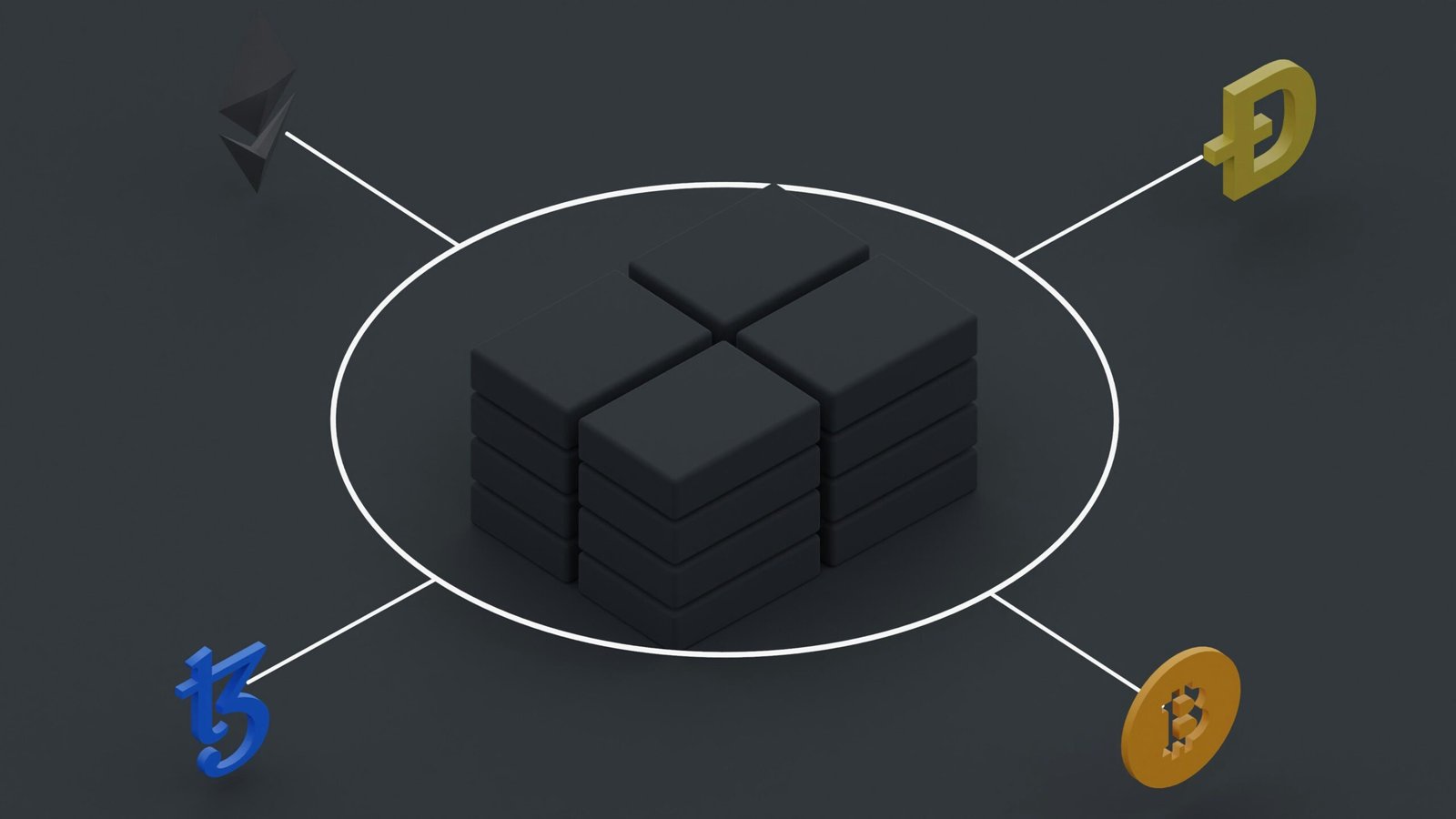Introduction to Blockchain
Learn How Blockchain Works? Blockchain is a term that’s been buzzing around for a while, but what exactly is it? Imagine a digital ledger that’s open to everyone and almost impossible to tamper with. That’s the essence of blockchain. It’s a revolutionary technology that underpins cryptocurrencies like Bitcoin, but its potential goes far beyond digital money.
The Core Components of Blockchain
Blocks
At the heart of a blockchain are blocks. Think of blocks as pages in a record book. Each block contains a list of transactions.Once a block is full, it connects to the preceding block, creating a continuous chain.
Chains
This chain consists of multiple blocks linked sequentially. This linkage ensures that once a block is added, it cannot be altered without changing every subsequent block, making the blockchain incredibly secure.
Nodes
Nodes are the computers that run the blockchain’s software. They store the entire blockchain and validate new transactions. The greater the number of nodes, the higher the security of the blockchain.

How Blockchain Transactions Work
Initiating a Transaction
When someone wants to make a transaction, it’s initiated and broadcast to the network of nodes. This transaction includes details like the sender, receiver, and amount.
Verifying a Transaction
Transactions must be validated before they are incorporated into the blockchain. Nodes work together to ensure the transaction is legitimate. This verification process prevents fraud.
Adding a Transaction to the Block
Once verified, the transaction is added to the current block. When the block reaches its transaction limit, it’s added to the chain.
Consensus Mechanisms
Proof of Work (PoW)
Proof of Work (PoW) is the foundational consensus method used by Bitcoin. It involves solving complex mathematical problems, requiring significant computational power.
Proof of Stake (PoS)
PoS is a more energy-efficient alternative to PoW. Instead of miners, validators are chosen based on the number of coins they hold and are willing to “stake” as collateral.
Other Consensus Algorithms
There are various other algorithms like Delegated Proof of Stake (DPoS), Practical Byzantine Fault Tolerance (PBFT), each with its own pros and cons.
Blockchain Security
Cryptographic Hashing
Each block contains a unique hash. Changing any information inside a block changes its hash, signalling tampering. This cryptographic principle ensures data integrity.
Decentralisation
Blockchain’s decentralised nature means no single entity controls it. This decentralisation enhances security and trustworthiness.
Immutability
Data recorded on the blockchain is permanent and unchangeable.This immutability makes blockchain a reliable source of truth.

Types of Blockchain
Public Blockchains
Open to everyone, public blockchains like Bitcoin and Ethereum allow anyone to participate in the network and view transactions.
Private Blockchains
Private blockchains are restricted. Only specific users can access and participate, making them ideal for internal business processes.
Consortium Blockchains
This is a mixed approach where multiple organisations collaboratively manage the blockchain. It combines the best of both public and private blockchains.

Blockchain and Cryptocurrencies
Relationship Between Blockchain and Cryptocurrencies
Cryptocurrencies rely on blockchain for secure, transparent, and decentralised transactions. Without blockchain, cryptocurrencies wouldn’t exist.
Examples of Cryptocurrencies Using Blockchain
Bitcoin, Ethereum, and Ripple are just a few examples of cryptocurrencies that utilise blockchain technology to function.
Blockchain Beyond Cryptocurrencies
Supply Chain Management
Blockchain can track products from origin to destination, ensuring transparency and authenticity in the supply chain.
Healthcare
In healthcare, blockchain can secure patient records, making them accessible only to authorised parties and ensuring privacy and accuracy.
Voting Systems
Blockchain can provide a transparent and tamper-proof voting system, potentially revolutionising the way we conduct elections.
Smart Contracts
What are Smart Contracts?
Smart contracts are automated agreements with terms encoded directly into the software, ensuring they execute and enforce themselves.
How Smart Contracts Work
When predefined conditions are met, the smart contract executes automatically. This automation minimises the need for middlemen and accelerates transactions.
Use Cases of Smart Contracts
From insurance claims to real estate transactions, smart contracts can automate and secure various agreements.
Benefits of Blockchain Technology
Transparency
Blockchain’s transparency ensures that all transactions are visible and verifiable by anyone, fostering trust.
Security
Its cryptographic nature and decentralisation make blockchain highly secure, protecting data from unauthorised access and tampering.
Efficiency
By eliminating intermediaries and streamlining processes, blockchain can significantly increase efficiency and reduce costs.
Challenges and Limitations
Scalability Issues
Blockchain networks can become slow as they grow, posing a scalability challenge.
Energy Consumption
Algorithms like PoW require substantial energy, raising environmental concerns.
Regulatory Blockchain
Concerns regulations are still developing, leading to ambiguity and possible legal issues.
Future of Blockchain Technology
Emerging Trends
Trends like DeFi (Decentralised Finance) and NFTs (Non-Fungible Tokens) are pushing blockchain technology into new realms.
Potential Impact on Various Industries
From finance to healthcare, blockchain’s potential impact is vast, promising to revolutionise multiple industries.
Blockchain and Privacy
Privacy Concerns
Despite its transparency, blockchain faces privacy challenges. Public ledgers expose transaction details, potentially compromising user privacy.
Solutions for Privacy in Blockchain
Technologies like zero-knowledge proofs and private blockchains are being developed to enhance privacy without sacrificing transparency.
Getting Started with Blockchain
Learning Resources
There are numerous resources available online, including courses, tutorials, and forums, to help you understand blockchain.
Starting Your Own Blockchain Project
For those looking to dive deeper, starting your own blockchain project can be a rewarding challenge. Tools and platforms are available to guide you through the process.
Conclusion
Blockchain is not merely a trendy term; it is a groundbreaking technology with the capability to fundamentally change various industries. Its transparency, security, and efficiency make it a powerful tool for various applications. While challenges remain, the future of blockchain looks promising, with continuous advancements and increasing adoption.
FAQs
1. What is the main purpose of blockchain?
The main purpose of blockchain is to provide a secure, transparent, and decentralised way to record transactions and data.
2. How is blockchain different from traditional databases?
Unlike traditional databases, blockchain is decentralised and immutable, making it more secure and transparent.
3. Can blockchain be hacked?
While blockchain is highly secure, it’s not entirely immune to hacking. However, its decentralised nature makes it significantly harder to hack than centralised systems.
4. What industries benefit most from blockchain technology?
Industries like finance, supply chain management, healthcare, and voting systems can benefit significantly from blockchain technology.
5. How can I start learning about blockchain?
You can start by exploring online courses, tutorials, and joining blockchain communities to gain a deeper understanding of the technology.



